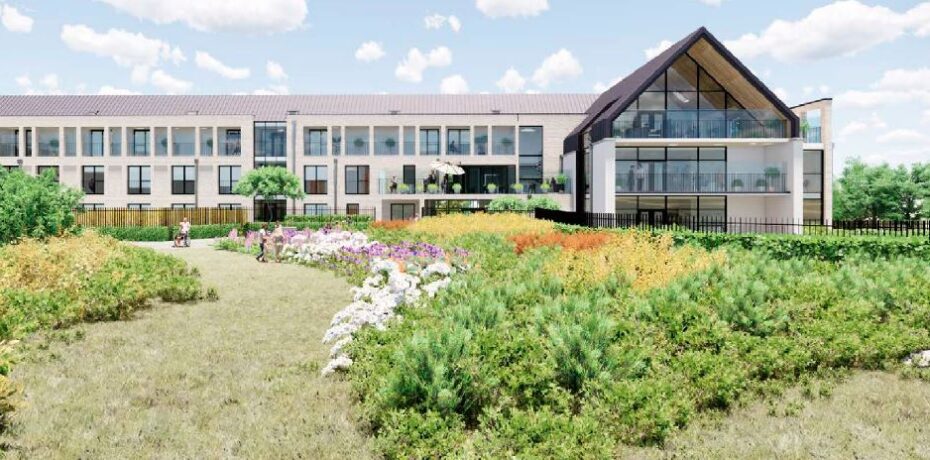Commentary
COMMENT | A shift in supporting the senior living sector
 Prior to the pandemic, the retirement and senior living sector was seen as an asset class that was going from strength to strength, writes Stewart Haworth of OakNorth Bank.
Prior to the pandemic, the retirement and senior living sector was seen as an asset class that was going from strength to strength, writes Stewart Haworth of OakNorth Bank.
As Covid-19 hit, the priority understandably shifted to ensuring the security and safety of residents.
In a recent panel discussion at the Place North West Healthcare & Senior Living event, I discussed the outlook for senior living in 2021 and beyond, trends shaping the industry and why I think this sector is still a sound investment.
The UK’s elderly population is one of the UK’s fastest growing demographics, which means that demand for care homes including specialised care homes will continue to rise over the next decade. According to Cushman & Wakefield research, the UK’s elderly population is also one of the wealthiest with a projected combined housing wealth expected to reach £2.4trn by 2040.
There’s a clear demand for more purpose-built or relevant products like specialised care homes or retirement villages, as requirements and needs change for people in their later life.
An unexpected upside of Covid is that it has led many elderly people to reassess their quality of life, seeking homes with significant outdoor space as well as a strong community feel. This could prove beneficial for regional care homes that offer specialised care.
We expect retirement villages to be one of the mid- to long-term winners of the pandemic. Many elderly people have been forced to isolate for several months over the last year, causing loneliness and boredom. Many are now considering retirement villages as an attractive balance between lifestyle and healthcare, with most offering a range of amenities such as restaurants, cinemas or salons, as well as plenty of outdoor space.
While the sector has suffered reputationally during the pandemic, there is still a lot of funding available.
According to Knight Frank’s annual UK Healthcare Development Opportunities 2020 research report, the number of care home beds per 100 people over the age of 85 has fallen from 33.7 to 28.7 since 2010. Given the current imbalance between supply and demand in the sector, this creates a greater opportunity for experienced management teams to acquire a new site and develop it or repurpose an existing building.
As a lender, we look to back strong management teams who have a proven track record and strong growth ambitions. The particular niche of the market we focus on is what we call the ‘Missing Middle’ – growth businesses who have the largest positive multiplier effect on the economy and their local communities in terms of job creation, GDP growth and productivity.
- Stewart Haworth is director of debt finance at OakNorth Bank
 Since launching in 2015, OakNorth Bank has lent over £350m to the sector, which roughly equates to the development of more than 3,285 beds.
Since launching in 2015, OakNorth Bank has lent over £350m to the sector, which roughly equates to the development of more than 3,285 beds.
With loans ranging from £500,000 to £45m, OakNorth Bank primarily focuses on owner-managed businesses or private equity-backed operators who have high quality care provision, reputation and management.
OakNorth Bank is keen to continue supporting the retirement living and care home sectors despite the ongoing challenges being presented by COVID-19. If you’re an operator or owner looking to scale, contact: stewart.haworth@oaknorth.co.uk




